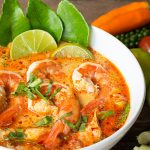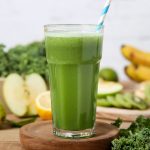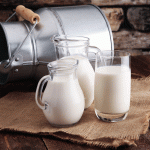The paleolithic diet, as the name implies, is a caveman’s diet, meaning that the foods consumed are those believed to have been consumed during the paleolithic period, free of preservatives, high fructose corn syrup, and in its most natural form. This is a high-protein, low-carbohydrate diet that consists primarily of dairy products, grains, and legumes. In this post, we will refer to some benefits of the Paleo diet that may make you surprised.
Contents
Benefits of The Paleo Diet
Balance blood glucose levels
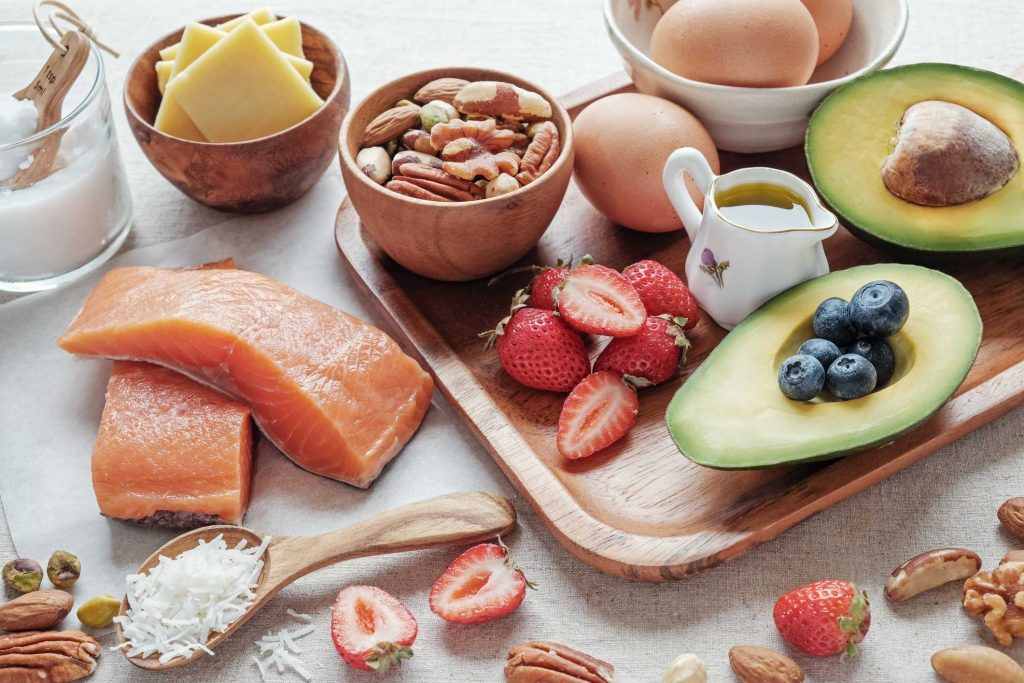
Because you’re avoiding refined sugar, you’ll be less likely to experience blood glucose rises, as well as the exhaustion that comes with sugar dumps. If you have diabetes, check with your doctor to see if this diet plan is safe for you.
You’ll be less likely to experience blood glucose spikes and the tiredness that accompanies with sugar crashes if you avoid processed sugar. If you have diabetes, talk to your doctor about whether or not this diet is right for you.
Leaner muscles
Because this diet is so high in meat, you’ll get plenty of protein to keep your muscles nourished. This aids in the development of a leaner physique and can even aid muscle growth if used in conjunction with weightlifting. When you study Stone Age man’s body, you’ll see that he didn’t have a lot of extra luggage in the shape of fat and underdeveloped muscles.
They were slim, mean sabretooth tiger sabretooth tiger sabretooth tiger sabretooth tiger sabretooth tiger sabretooth tiger sabretooth tiger sabretooth You’ll be able to better handle life’s problems, particularly the strains that come with a hectic 21st-century lifestyle, if you have a leaner physical structure.
Healthier brain
The Paleo diet includes fish high in Omega 3, legumes, fruits, and vegetables, all of which promote good cognitive processes. Salmon, for example, is an oily fish that is high in Omega 3. DHA, a component of Omega 3, is beneficial to the brain and other organs, and has been found to reduce the risk of degenerative disorders. This is one of the benefits of the Paleo diet you need to know.
Help with weight loss

The majority of foods associated with the paleo diet are nutrient-dense and natural. Finding a balance between fruits, vegetables, and meat is the goal of the Paleo diet. Preservatives and high fructose corn syrup will not account for the excess calories associated with a usual diet because the diet emphasizes natural food derived from the soil.
A well-balanced meal enhances mineral and vitamin consumption while also assisting in calorie control, which can lead to weight loss.
Keep you feeling fuller longer
Most diets keep you hungry all of the time, but a Paleo diet focuses on feeling full and happy, making it simpler to stick to and reducing the likelihood of diet crashes and cheating because you’re encouraged to eat when you’re hungry.
It also has a good amount of healthy fats, which help you stay full and avoid eating cravings. You’ll have no trouble getting from meal to meal if you eat the perfect combination of animal proteins, veggies that keep you full, and fruits that provide exactly the perfect amount of fiber and carbohydrates.
Boost digestive system
As society ages, we see an increase in preventable ailments such as heart disease caused by plaque build-up in the coronary arteries and type 2 diabetes connected to obesity. The majority of these diseases are caused by our dietary choices. Food additives have been related to obesity and other digestive issues; fortunately, the paleo diet excludes additives and preservatives. These nutrients are easily digested and utilized for vital biological activities without inflicting additional harm.
Reduce toxins
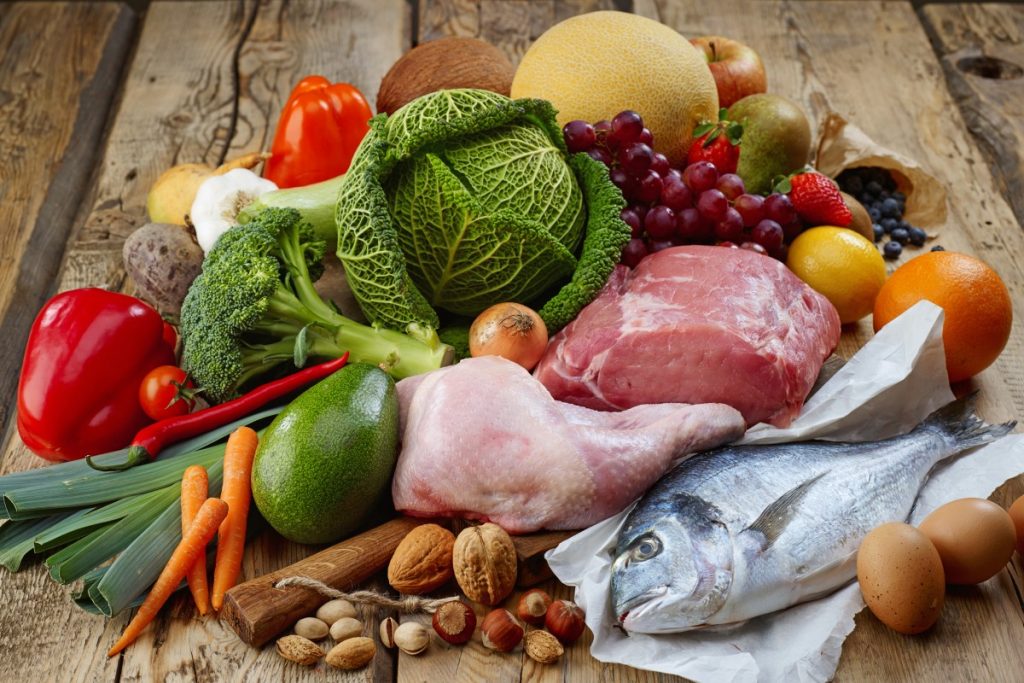
Toxins are poisons produced by plants and animals that act as a defense mechanism. Natural toxins from edible plants are safe for humans, however diets with added sugars, mercury in seafood, pesticide-infected plants, and trans fats produce a harmful amount of toxins in the body.
By eliminating these foods from your diet and replacing them with vitamin C-rich fruits and vegetables, you can lower the amount of toxins in your body.
Intake of more vitamins and minerals
Vitamins and minerals are necessary for human function. Vitamins and minerals are divided into two categories: non-essential and essential. Essential vs. non-essential means that the body can create it; essential vs. non-essential means that it can’t be generated by the body and must be obtained from our food.
The paleo diet guarantees that all essential and non-essential vitamins are taken, with a wide variety of fruits, vegetables, dairy, and fowl providing a wide range of vitamins and minerals.

